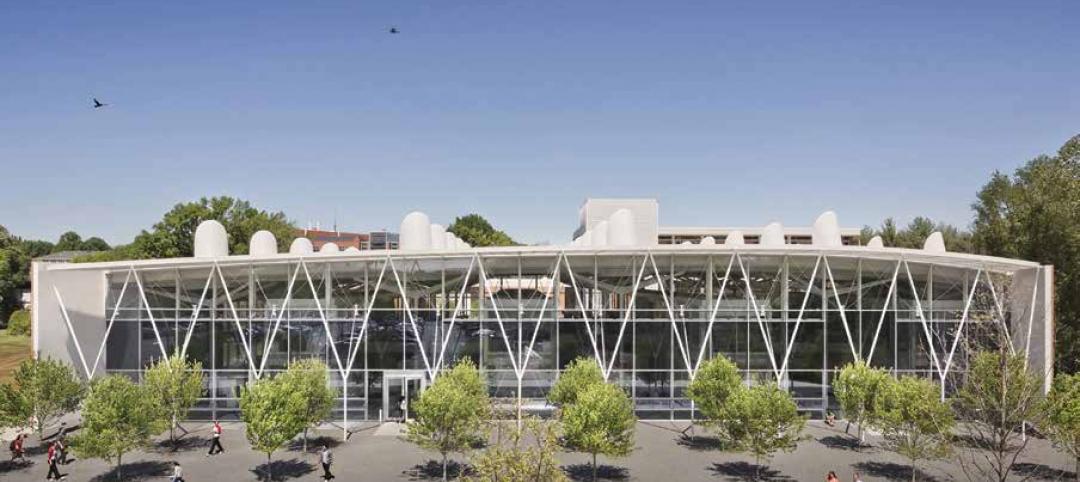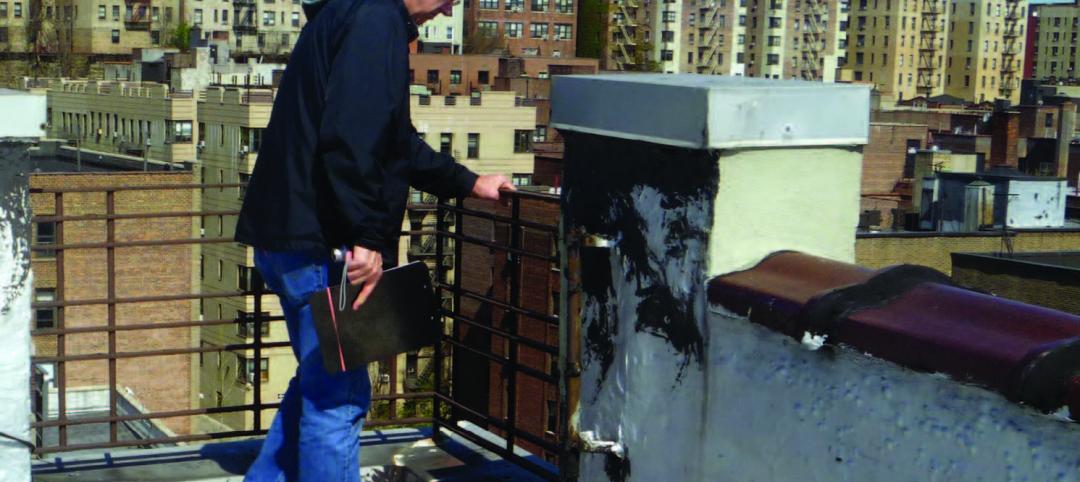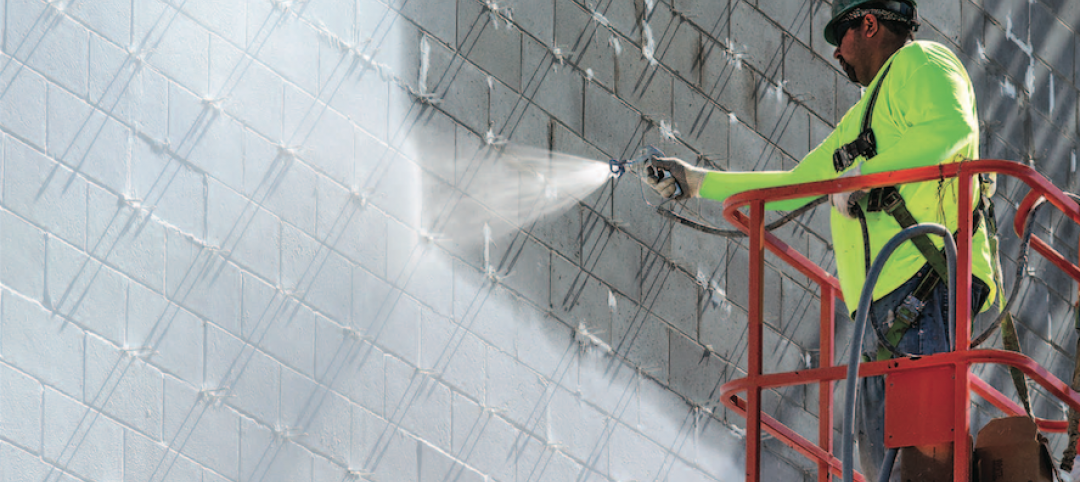Right now, 33 states allow the sale of marijuana for medical purposes; another 14 allow it under more stringent medical supervision. Eleven states have OK’d it for both medical and recreational use. Only Idaho, Nebraska, and South Dakota have a total ban on the sale of marijuana.
Cannabis is the source of THC (tetrahydrocannabinol)—the stuff that gets you high—and CBD (cannabidiol), which is used to treat anxiety, PTSD, sleep disorders, seizures, and pain. By law, CBD cannot contain more than 0.3% THC. We talked to industry experts to learn what it takes to design and build cannabis facilities.
LEARNING OBJECTIVES
After reading this article, you should be able to:
• List the six major types of cannabis facilities.
• Differentiate the chief properties of THC (tetrahydrocannabinol) and CBD (cannabidiol).
• Discuss several of the physical design factors that can negatively impact production of cannabis product.
• Understand the legal and regulatory factors affecting the cannabis industry and their impact on the design of cannabis facilities.
TAKE THIS FREE AIA CES COURSE AT BDCUNIVERSITY.COM
Related Stories
BD+C University Course | May 24, 2018
Accommodating movement in building envelope materials [AIA course]
We may think of the building envelope as an inanimate object, but in reality its components can be quite mobile. This AIA CES course is worth 1.0 AIA LU/HSW.
BD+C University Course | May 24, 2018
Building passively [AIA course]
17 tips from our experts on the best way to carry out passive house design and construction for your next multifamily project. This AIA CES course is worth 1.0 AIA LU/HSW.
BD+C University Course | Apr 12, 2018
Meeting the demand for high-efficiency façades [AIA course]
On a national scale, the impetus to improve building energy performance is manifest in the latest and most far-reaching model energy code from the International Code Council.
BD+C University Course | Jan 2, 2018
The art and science of rendering: Visualization that sells architecture [AIA course]
3D artist Ramy Hanna offers guidelines and tricks-of-the-trade to ensure that project artwork is a stunning depiction of the unbuilt space.
BD+C University Course | Aug 23, 2017
AIA course: New steel systems add strength and beauty
Advances in R&D are fostering new forms of structural and aesthetic steel.
Building Enclosure Systems | Jul 26, 2017
Balcony and roof railings and the code: Maintain, repair, or replace? [AIA course]
Lacking familiarity with current requirements, some owners or managers complete a roof or balcony rehabilitation, only to learn after the fact that they need to tear noncompliant railings out of their new roof or terrace and install new ones.
Building Enclosure Systems | Dec 12, 2016
The 100-year enclosure: Strategies for heat-air-moisture control
Should institutional and commercial buildings be built to last 100 years? Why not? There are plenty of examples that have performed well for a century or more.


![Design and construction of cannabis facilities [AIA course] Design and construction of cannabis facilities [AIA course]](/sites/default/files/AIAcourse.jpeg)
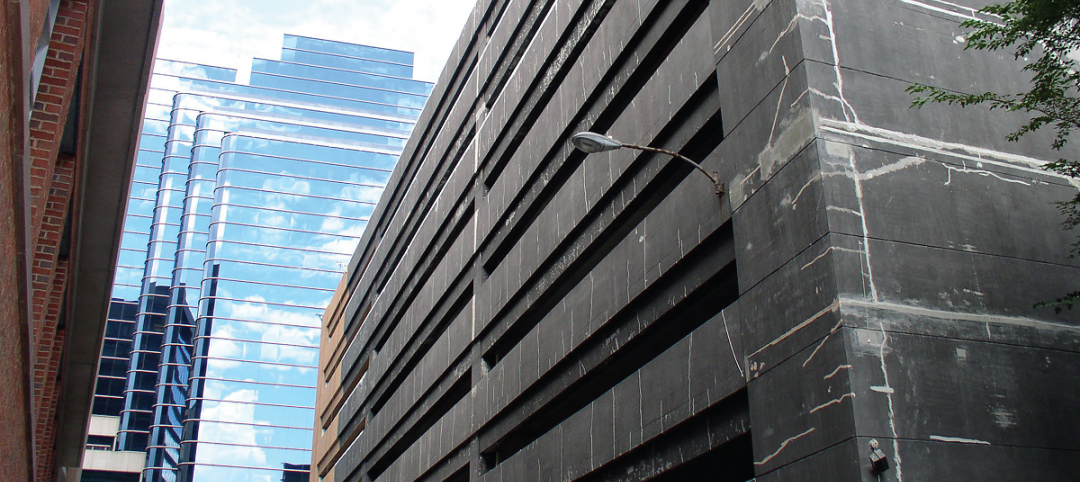
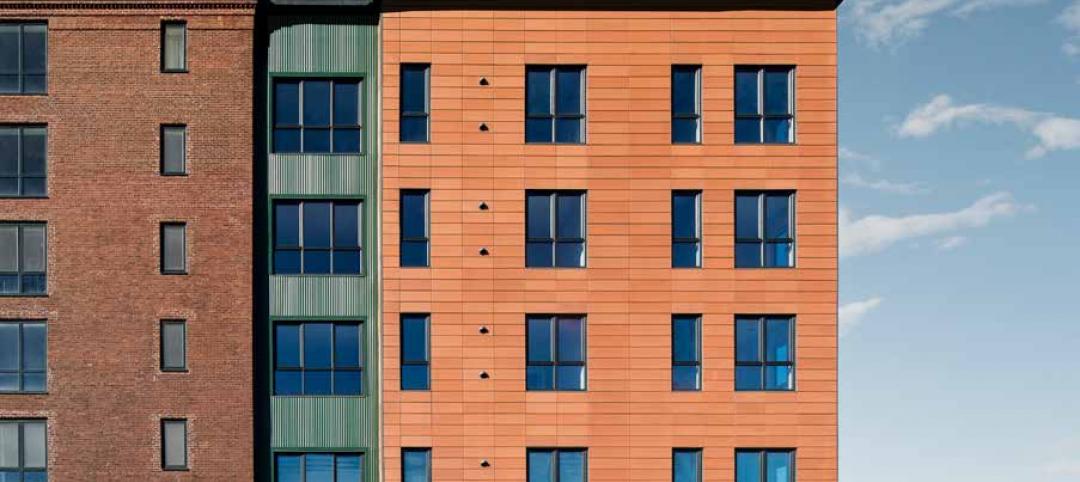
![Meeting the demand for high-efficiency façades [AIA course] Meeting the demand for high-efficiency façades [AIA course]](/sites/default/files/styles/list_big/public/AIA_BDC1217.jpg?itok=SOjPFpxR)

